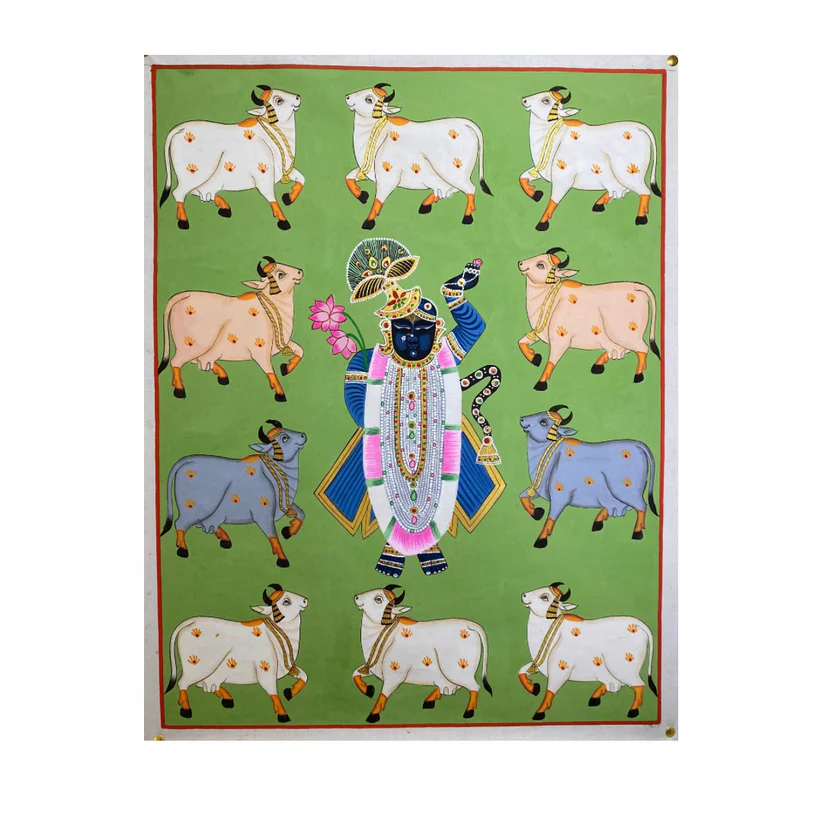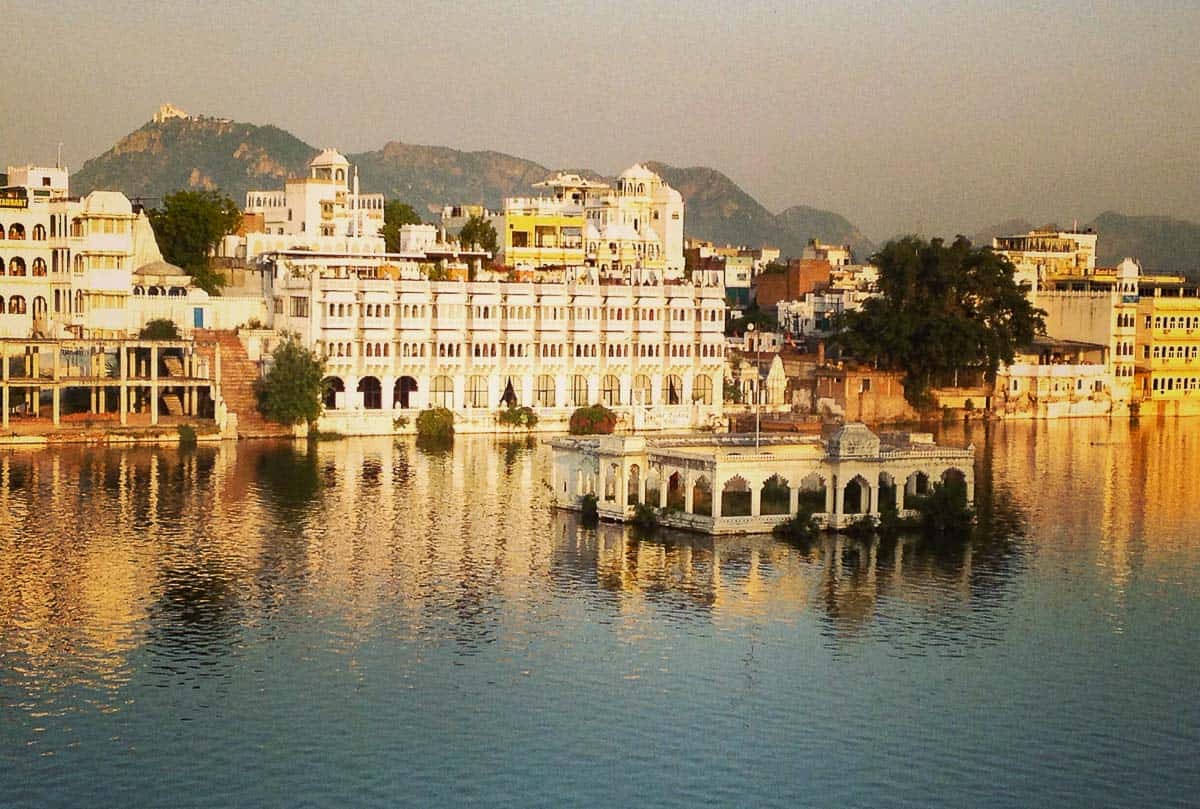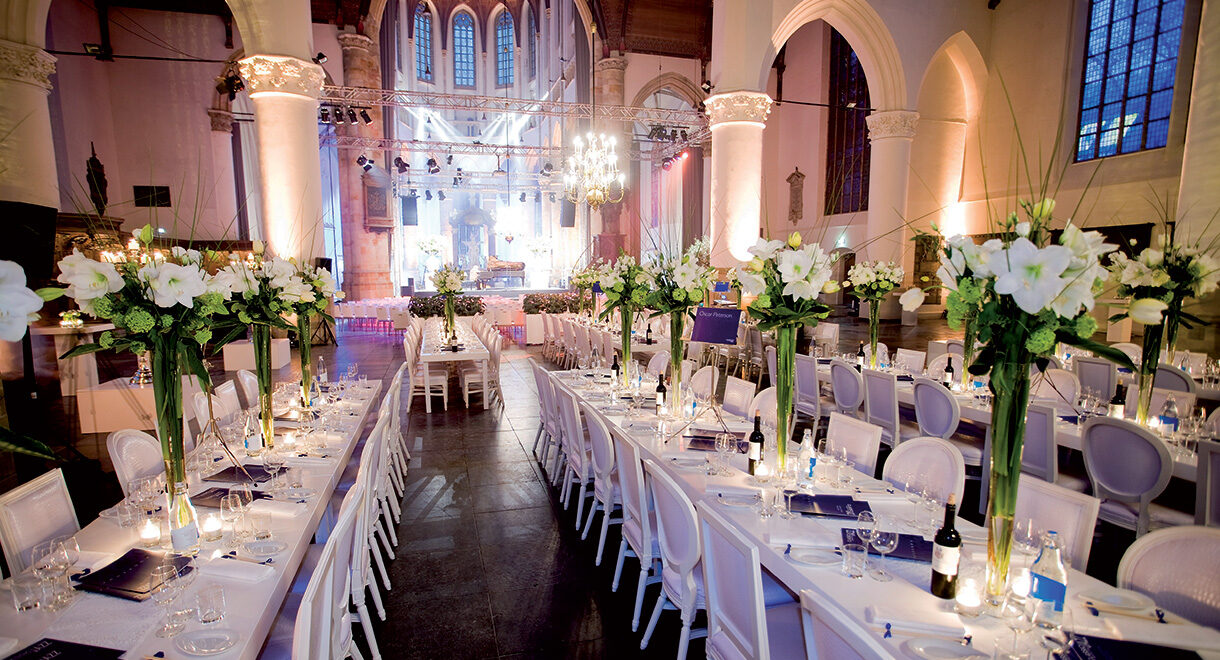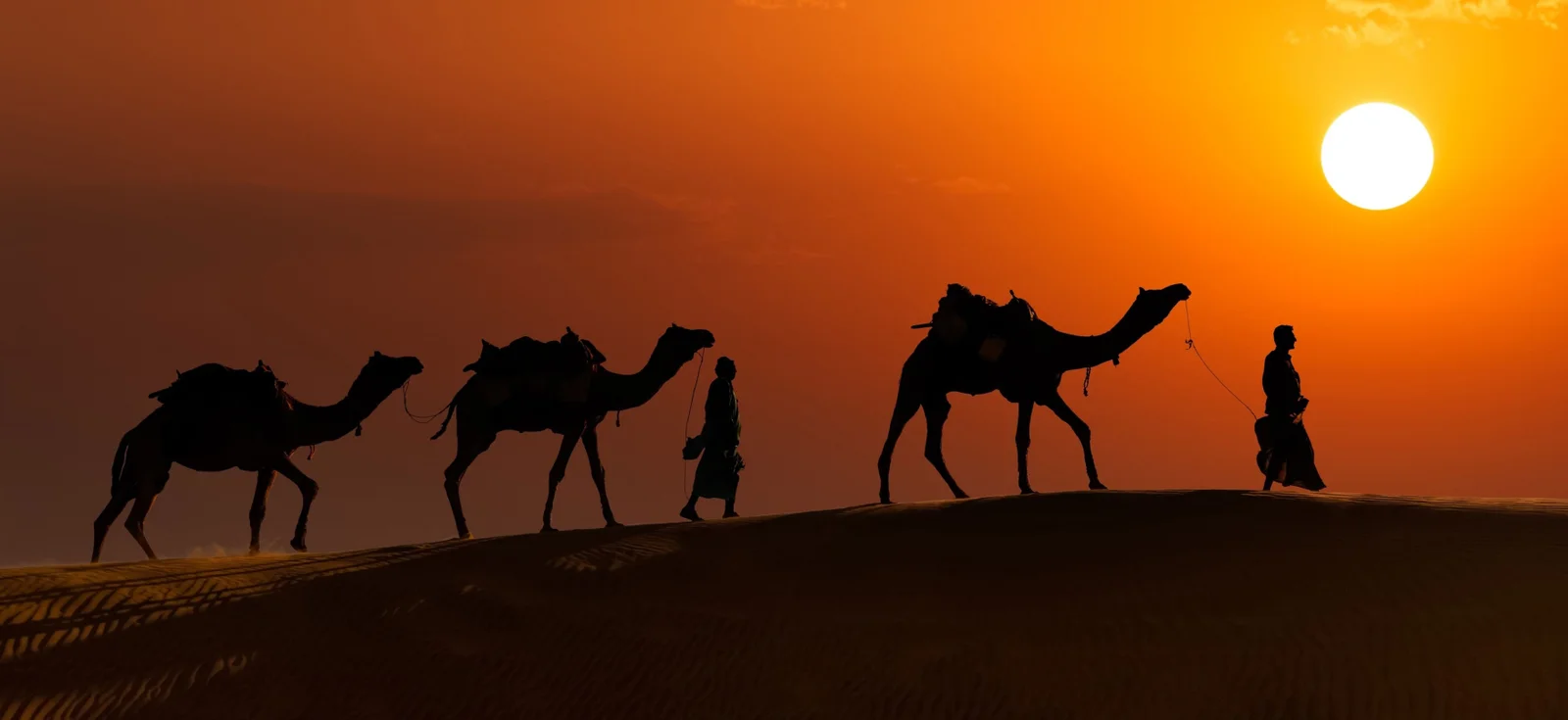Miniature Art of Rajasthan: Styles, Themes, and Cultural Significance
Miniature Art of Rajasthan: Styles, Themes, and Cultural Significance

Rajasthan’s miniature art is a true reflection of the region’s royal legacy, artistic excellence, and cultural depth. Known for its intricate details, vibrant color palettes, and profound storytelling, this traditional art form has been preserved for centuries by skilled artisans.
This article explores the various styles, themes, and cultural significance of miniature art in Rajasthan, while also drawing connections to related artistic expressions such as Pichwai Paintings and Birds on Canvas artwork.
Origins and Evolution of Miniature Art in Rajasthan
The tradition of miniature painting in Rajasthan dates back to the 16th century, gaining prominence under the patronage of Rajput rulers. These paintings were heavily influenced by Mughal, Persian, and indigenous Rajput styles, resulting in a unique and distinguished form of art.
Miniature paintings were originally created on palm leaves, silk, and wooden panels, later transitioning to handmade paper and ivory. Artists meticulously crafted these works using natural pigments, fine brushes, and gold embellishments, ensuring their longevity and brilliance.
Distinctive Styles of Miniature Art in Rajasthan
Over time, various regions in Rajasthan developed distinct miniature painting styles, each with its own characteristics and artistic influences.
1. Mewar Style
-
Flourished in Udaipur and surrounding areas.
-
Known for bold outlines, bright colors, and detailed depictions of Hindu epics.
-
Emphasizes courtly scenes, religious narratives, and Rajput valor.
2. Marwar Style
-
Popular in Jodhpur, Bikaner, and Jaisalmer.
-
Depicts royal hunts, processions, and local folklore.
-
Uses warm, earthy tones and elaborate borders.
3. Bundi-Kota Style
-
Developed in the Bundi and Kota regions.
-
Famous for lush landscapes, monsoon scenes, and nature-inspired themes.
-
Delicate brushwork and soft color tones characterize this style.
4. Kishangarh Style
-
Originated in Kishangarh and is known for its romantic and poetic themes.
-
Features elongated figures, expressive eyes, and elegant postures.
-
The Bani Thani painting is a renowned example of this style.
5. Bikaner Style
-
Strongly influenced by Mughal miniature painting techniques.
-
Incorporates Persian-style floral motifs, architectural elements, and calligraphy.
-
Highlights portraits of rulers, saints, and court life.
Common Themes in Rajasthani Miniature Art
Rajasthani miniature paintings are rich in storytelling, portraying themes that range from mythology and devotion to nature and royalty.
1. Religious and Mythological Themes
-
Many paintings illustrate stories from Hindu epics like the Ramayana and Mahabharata.
-
Lord Krishna’s Rasleela and divine acts are prominent subjects.
-
Pichwai Paintings, a devotional art form, showcases intricate depictions of Krishna and temple rituals. You can explore Pichwai Paintings here.
2. Royal and Courtly Life
-
Paintings often depict the opulence of Rajput rulers, capturing their court ceremonies, grand processions, and palace life.
-
The detailing in clothing, jewelry, and interiors highlights the wealth and lifestyle of Rajasthan’s royals.
3. Nature and Wildlife
-
Many miniature paintings feature animals, birds, and forest scenes, reflecting a deep connection with nature.
-
Birds on Canvas artwork beautifully captures the elegance and vibrancy of Rajasthan’s avian species. You can view Birds on Canvas here.
4. Romantic and Poetic Themes
-
Love stories, especially those of Radha and Krishna, are popular subjects.
-
These paintings focus on expressions, soft pastel tones, and dreamlike compositions.
Techniques and Artistic Process of Miniature Paintings
The making of a miniature painting is an elaborate process that demands skill, patience, and attention to detail.
1. Preparing the Base Surface
-
Handmade paper, silk, or wooden panels are used as the canvas.
-
The surface is treated with a polishing mixture to ensure smoothness.
2. Sketching the Design
-
The composition is first outlined using fine charcoal or pencil.
-
Once finalized, it is redrawn with black ink for clarity.
3. Applying Natural Colors
-
Colors are applied in layers, ensuring depth and vibrancy.
-
Fine brushes made from squirrel hair allow for precise detailing.
4. Adding Gold and Silver Highlights
-
Gold and silver foil is often used to enhance jewelry, textiles, and architectural details.
-
The painting is polished and refined for a finished look.
The Significance of Natural Colors in Miniature Art
One of the most fascinating aspects of miniature painting is its use of natural pigments, derived from minerals, plants, and organic sources.
Common Pigments and Their Sources:
-
Red – Extracted from cinnabar.
-
Yellow – Derived from orpiment, a mineral-based pigment.
-
Blue – Made from lapis lazuli, a semi-precious stone.
-
Green – Obtained from malachite, a copper-based mineral.
-
Black – Created using soot or charcoal.
-
Gold and Silver – Used for embellishments and decorative elements.
These natural colors not only provide longevity and richness but also contribute to the authenticity of each artwork.
Cultural Significance of Miniature Paintings in Rajasthan
1. A Historical Record
-
Miniature paintings serve as historical documents, preserving the traditions, attire, and lifestyle of Rajasthan’s past.
-
Many paintings are found in ancient manuscripts, palaces, and temples.
2. Spiritual and Religious Importance
-
Many artworks are created for worship and temple decoration, particularly in Pichwai Paintings.
-
These paintings are used in festivals, rituals, and devotional offerings.
3. A Symbol of Artistic Excellence
-
Miniature painting showcases the skill and creativity of Rajasthani artists.
-
The intricate patterns, fine detailing, and expressive storytelling make each painting a masterpiece of craftsmanship.
4. Inspiration for Modern Art and Design
-
Today, miniature paintings influence contemporary artists, designers, and home décor trends.
-
The fusion of traditional techniques with modern aesthetics has made this art form popular worldwide.
Conclusion
Rajasthan’s miniature painting is an artistic treasure that continues to enchant art lovers with its beauty, precision, and historical significance. The variety of styles, intricate themes, and skilled craftsmanship make it a vital part of India’s cultural heritage.
For those interested in traditional Indian art, exploring Pichwai Paintings for their religious depth and Birds on Canvas for their natural elegance can provide a deeper appreciation of Rajasthan’s artistic legacy. By supporting and learning about these art forms, we contribute to preserving this incredible tradition for future generations.






